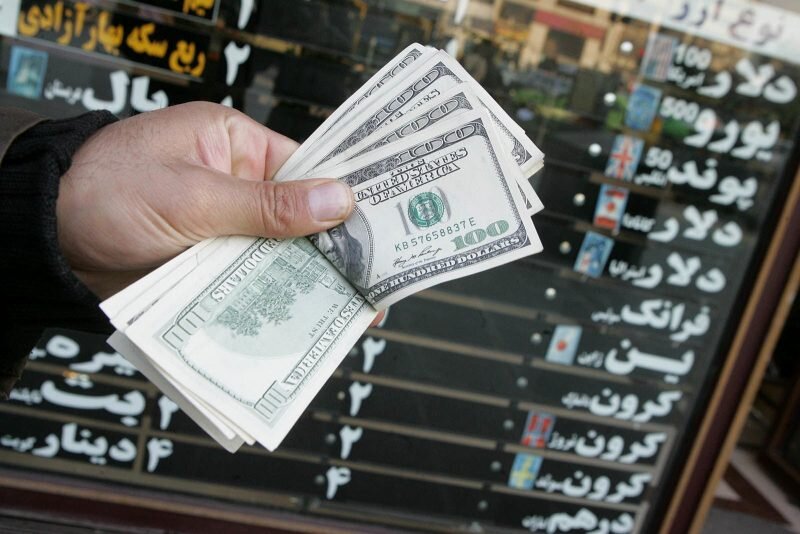Majlis decides to unify forex rates; is it a good thing?

TEHRAN - The budget review committee of the Iranian Parliament (Majlis) has recently voted in favor of changing the foreign currency exchange rate for the import of essential goods from 42,000 rials to 175,000 rials per dollar, suggesting that the prices of essential imports should be set in accordance with the exchange rate prevailing in the Forex Management Integrated System (locally known as NIMA).
According to the committee’s Spokesman Rahim Zare, the move is aimed at unifying the country’s multiple exchange rates, preventing rent-seeking and corrupt practices.
Although in line with the mentioned committee, Iran’s multiple exchange rate economic system has been criticized by several economic and political bodies as well as scholars and experts, many still believe that creating these extreme changes in a situation where Iran's sanctioned economy has been severely affected by exchange rate fluctuations, will not be beneficial for the economy and is going to result in an inflation shock.
To see how really this decision is going to project on the Iranian economy and domestic market in the upcoming year, the Tehran Times held talks with Mohammad Jafari, the chairman of Iran Chamber of Commerce, Industries, Mines and Agriculture (ICCIMA) Trade Committee. What follows is the conclusion:
The multiple exchange rate strategy
Before we begin talking about the parliament budget committee’s recent decision, we should have a clear picture of the forex market in Iran.
The Iranian economy has been under pressure for a long time by a variety of external factors like sanctions, and consequently, the Iranian rial, negatively affected by these imposed factors, has devalued quite significantly over the past few years.
The decline in the value of the rial has created some problems for the country’s private sector which accounts for the lion’s share of the Gross Domestic Product (GDP) in the country. The private sector is directly or indirectly dependent on international trade by being engaged in the export-import supply chain or being consumers of imported goods or both, so the fluctuations of the exchange rate would severely affect their performance and interfere with the country’s normal economic cycle.
Seeking to compensate for these inevitable drops, and to support the country’s private sector, the government has established a complex economic system operating on multiple exchange rates.
Currently, Iranian businesses have to navigate three different exchange rates for their daily international affairs: the official rate, the NIMA rate controlled by the Central Bank of Iran (CBI), and the market rate.
The official rate is the subsidized rate set by the government, the market rate is in fact the one controlled by the market’s supply and demand, and the NIMA rate is defined in accordance to the market for providing hard currency at an acceptable rate to the importers and exporters of essential goods.
So basically, Iranian companies that import basic goods like medicines, grains and etc. are entitled to use the subsidized official exchange rate (42,000 rials per dollar), the importers of essential products like machinery, and raw materials can use the NIMA exchange rate which is slightly less than the floating market rate, and finally, other importers will operate on the market rate.
Exporters, on the other hand, are obliged to declare and inject a portion of their export revenues into the NIMA system. This varies from 60 percent to up to 90 percent of their hard currency, depending on the size of their earnings and the commodities they export.
The Majlis decision
Getting back to our primary question, we asked Mohammad Jafari about his point of view on the parliament’s budget committee decision regarding the removal of 42,000 rials per dollar exchange rate for essential goods: According to Mohammadi the ICCIMA had previously voiced its opposition toward the multiple exchange rate strategy and considered it a bad decision.
“Setting multiple exchange rates will only create more turbulence in the domestic market and faces the economy with new challenges,” he stressed.
The exchange rate should be set by the supply and demand in the market and “pre-set” rates like the “42,000 rials per dollar” one is not going to be of any help for the country’s real exporters and importers. It will only promote rent and corruption in the economic system, he explained.
“The main problem that the country’s economy is currently wrestling with is the government interfering with the private sector’s affairs, rather than the external factors like sanctions.”
Mohammadi further noted that currently, the sudden removal of subsidized forex will also create some negative shock in the market so we need to move step by step towards the complete unification of the forex market.
“For the time being, the best course of action would be to allocate limited amounts of subsidized hard currency to the importers of vital goods only and let the market and the supply and demand set the real exchange rate for the rest,” he said.
To conclude, clearly having multiple forex exchange rates is not a good thing for any economy, and the parliament’s decision for moving towards a unified forex system should be considered a positive step, however, the country’s current economic condition (considering the sanctions and the negative impacts of the coronavirus pandemic) should also be taken into account when making decisions on a macroeconomic scale.
EF/MA
Leave a Comment